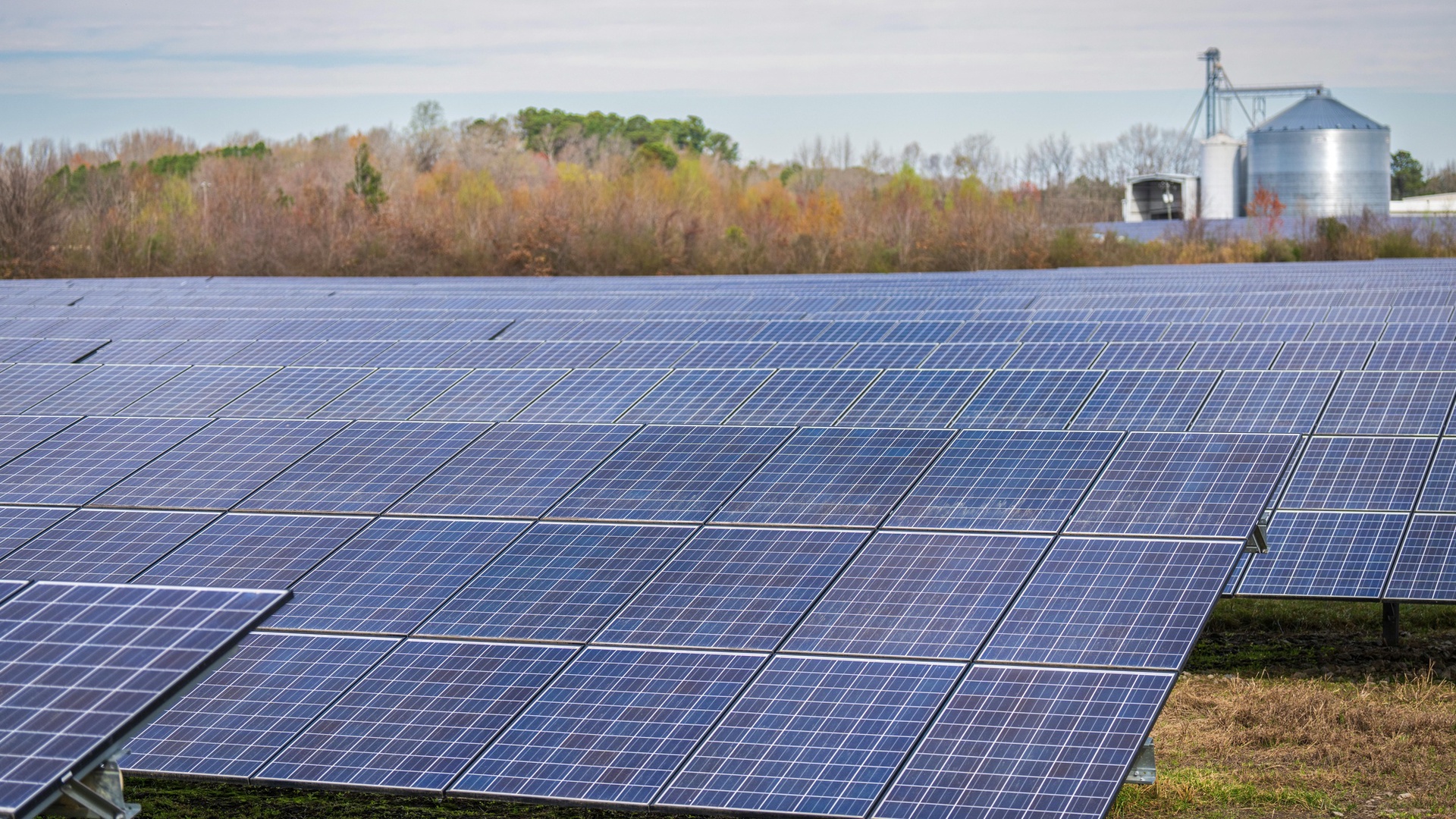

Australia's strategy benefits from several strengths, including a large and long-life bauxite and alumina base that facilitates by-product recovery at a low incremental cost. The country's strong policy support enhances its positioning, while established partnerships with allies provide visibility on off-take agreements. However, there are notable weaknesses to address. One significant challenge is the limited domestic midstream capacity for achieving 7N+ purity levels. Additionally, the refining process is energy-intensive, and the overall capability in this sector is still maturing.
On the opportunity front, there is potential for a premium on secure, allied supply chains, which can enable Australia to move up the value chain into refined products. Furthermore, the country boasts a robust environmental, social, and governance (ESG) profile through circular, low-footprint recovery processes. Conversely, some threats loom on the horizon, including the risk of potential price suppression from China, possible permitting delays, price volatility, and constraints in specialized talent necessary for advancing the industry.
One of the key challenges facing the industry lies in technical hurdles, particularly the need to achieve 7N+ purity at scale. This requires optimization of the energy used in the extraction and purification processes, as well as the development of intellectual property that can enhance these methods. Additionally, the sector faces a shortage of specialized talent, particularly in areas of metallurgical and chemical engineering, which can impede progress.
From a market and finance perspective, the industry is vulnerable to price manipulation and volatility. To mitigate these risks, there is a pressing need for long-term contracts and blended public-private financing arrangements. Furthermore, any efforts to scale up production must be thoughtfully phased, ensuring they are aligned with customer qualifications and expectations.
China and Australia exhibit key differences in their production models for critical minerals. China currently controls the primary supply and manages an end-to-end value chain, giving it a significant advantage in scale and integration. In contrast, Australia is emerging as a competitive player with a potential production capacity of 20 to 40 tons per annum, leveraging partnerships with allied midstream companies.
When it comes to cost structure, China benefits from ultra-low costs due to its massive co-production of aluminum and zinc. Australia, on the other hand, adopts a by-product recovery approach that minimizes the need for greenfield mining capital expenditures and shortens the time required to bring products to market.
Strategically, China wields considerable market power and possesses policy leverage, allowing it to influence global supply dynamics. In contrast, Australia offers a secure supply chain that is controlled by allied nations, characterized by strong Environmental, Social, and Governance (ESG) credentials and transparent governance practices.
Policymakers play a crucial role in the success of Australia's gallium initiatives by maintaining clear incentives and streamlining the permitting process for by-product recovery. It is essential that they co-invest in midstream capacity while also securing long-term off-take agreements with allied nations. For investors, the focus should be on prioritizing projects that feature integrated partnerships, secured off-takes, and well-disciplined, phased capital expenditures. Furthermore, it is important to establish credible technical pathways to achieve purity levels of 7N+.
Industry leaders must also contribute to this effort by investing in purification technology, enhancing energy efficiency, and supporting workforce development to ensure reliable scaling of production. Collectively, these strategies will be vital as the world seeks to diversify its critical mineral supply chains. Australia's gallium initiatives have the potential to significantly reduce dependence on China, but success will ultimately depend on the ability to scale production, secure necessary investments, and align efforts with the global demand for semiconductors. For decision-makers who are monitoring these developments, Quest Metals offers the expertise and intelligence needed to navigate the evolving landscape of critical minerals markets.